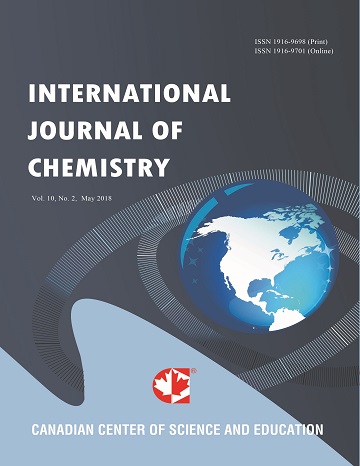Participation in Self-Emulsification by Oil-Thin Film Voltammetry
- Koichi Aoki
- Jie Yu
- Jingyuan Chen
- Toyohiko Nishiumi
Abstract
When an oil phase comes in contact with an aqueous phase, emulsions are formed spontaneously in each phase even without surfactant. The self-emulsification seems inconsistent with the electron transfer model proposed by Anson, in which ferricyanide in the aqueous phase is reduced at the oil/water interface by decamethylferrocene of the thin nitrobenzene phase. Anson’s experimental data were here reproduced at slow scan voltammetry. However, the electron transfer model did not agree with our experimental results at high scan rates, in that the reduction wave of ferricyanide appeared without decamethylferrocene. Ferricyanide was demonstrated to pass through the nitrobenzene film in the form of aqueous droplets, which were adsorbed on the electrode surface. Formation of aqueous droplets can explain electrode reactions at carbon paste electrodes without including redox species in paste.
- Full Text:
 PDF
PDF
- DOI:10.5539/ijc.v6n2p73
Index
Contact
- Albert JohnEditorial Assistant
- ijc@ccsenet.org
